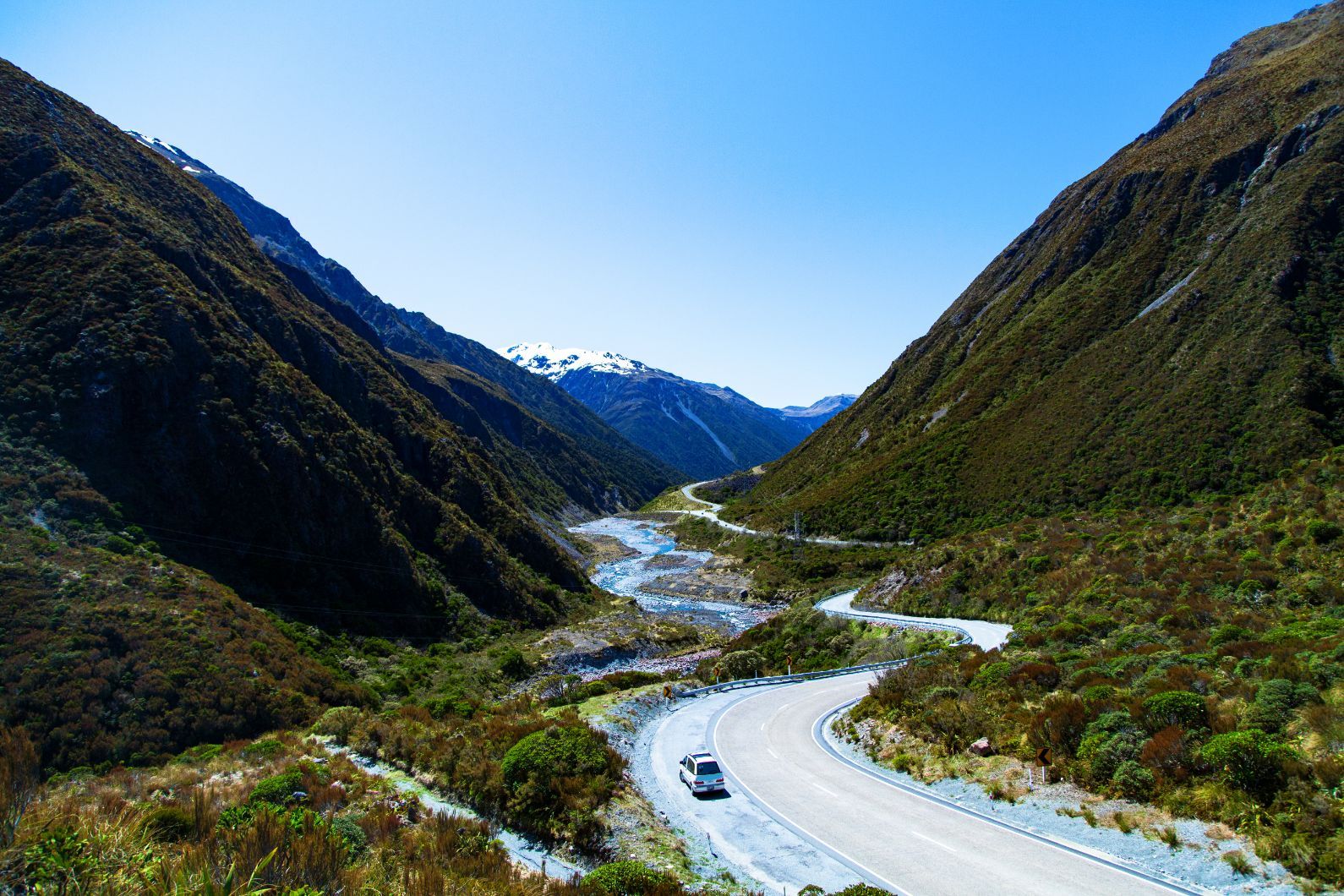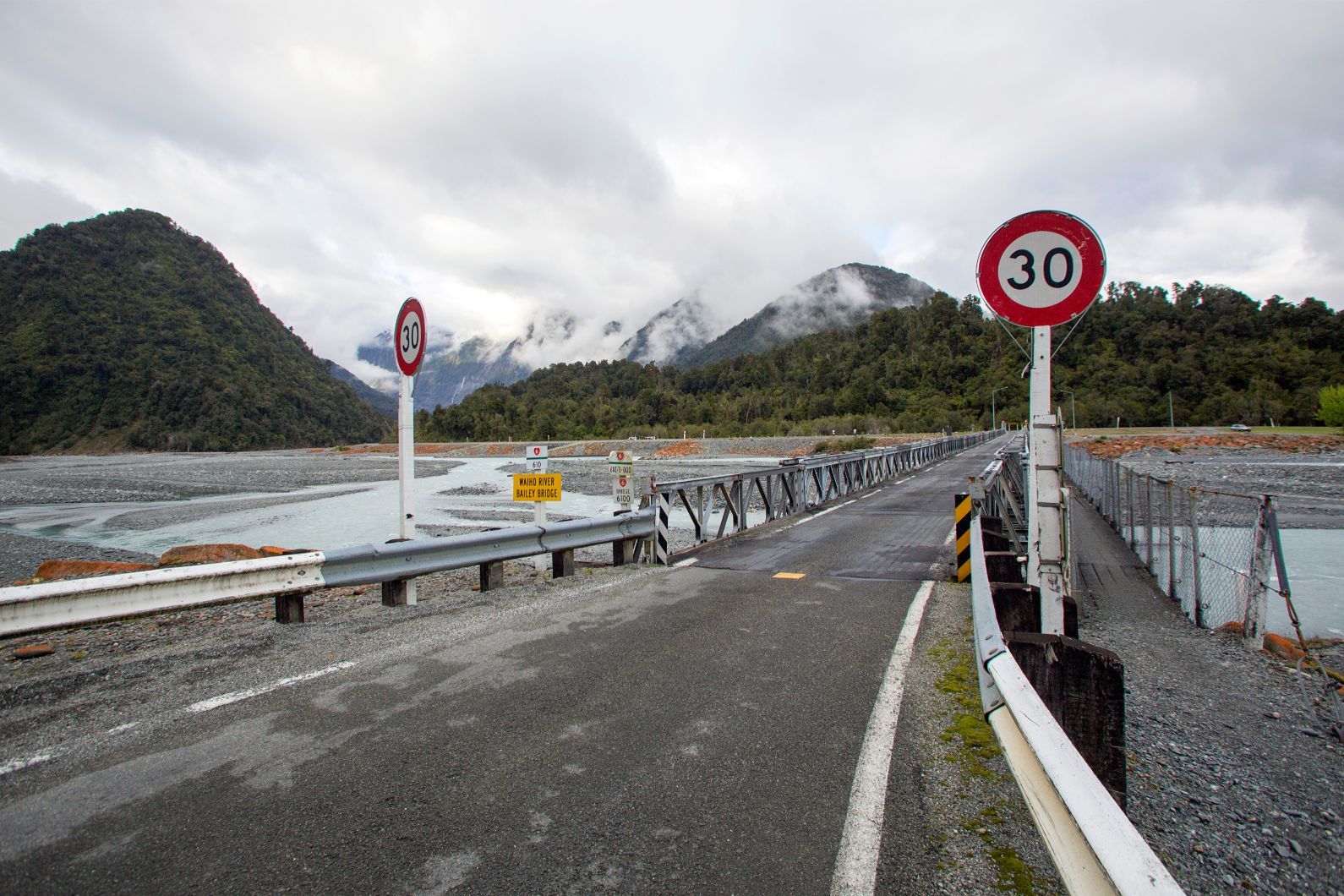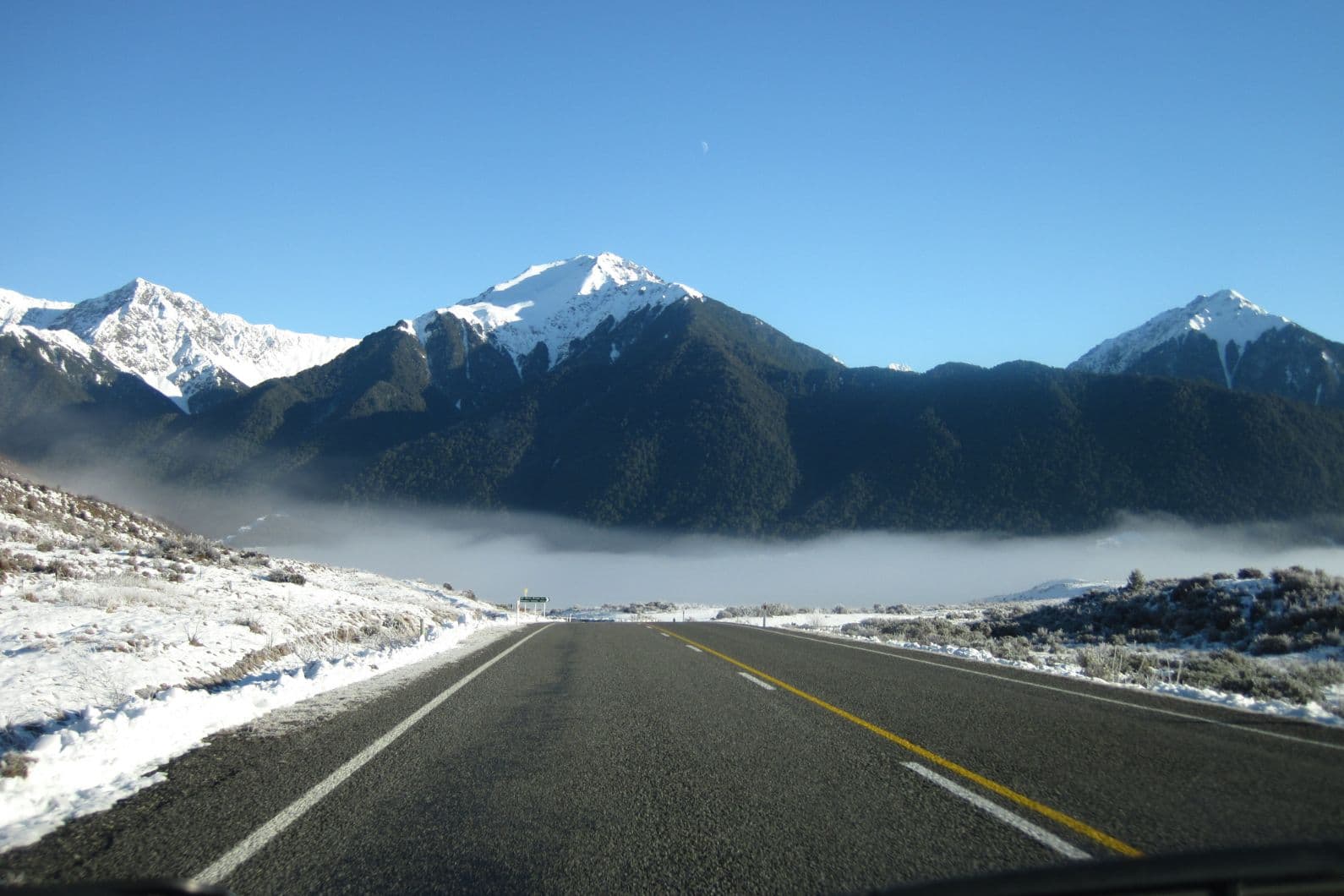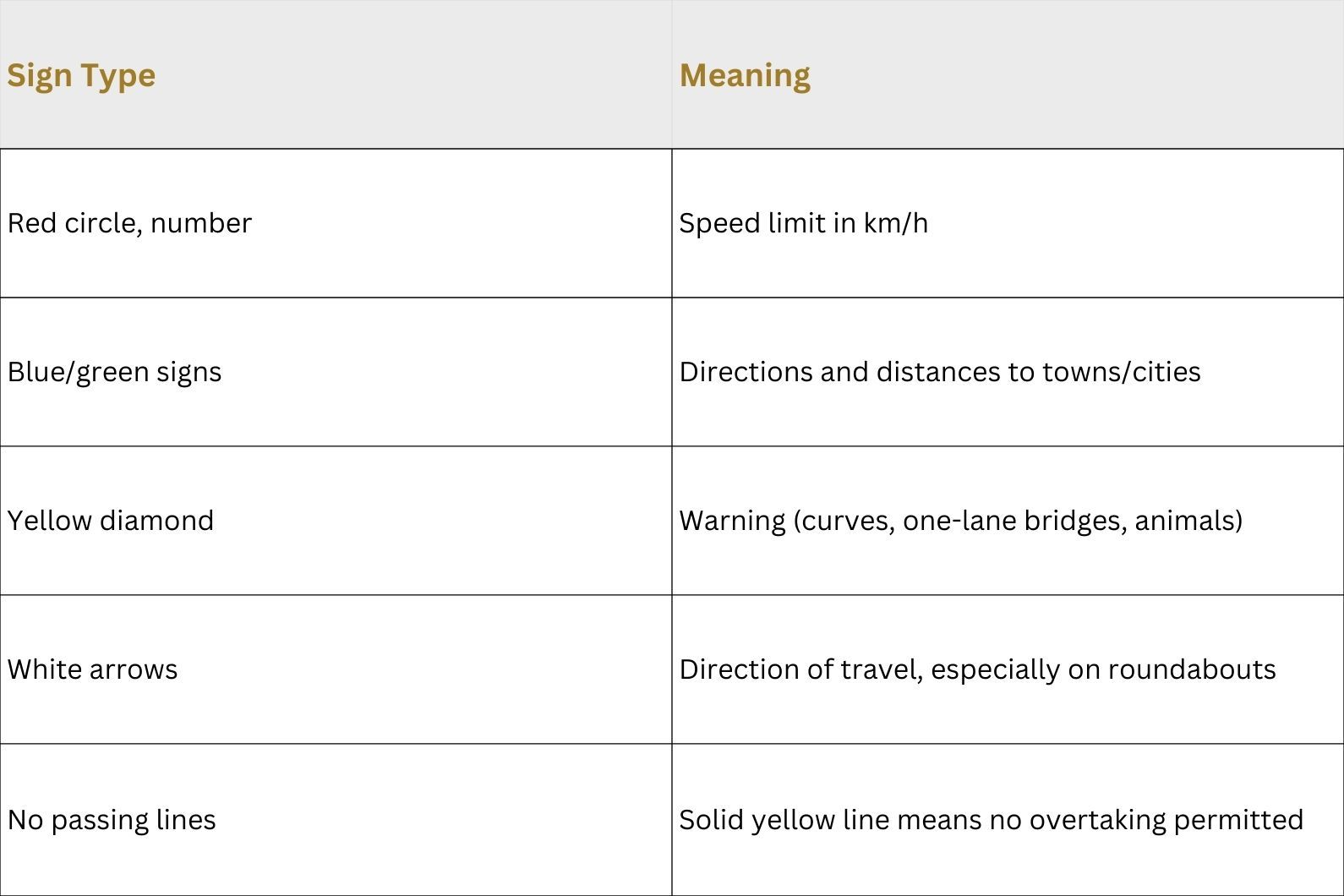Everything You Need to Know About Driving in New Zealand
By RaD Car Hire
Exploring New Zealand by car is one of the best ways to experience our breathtaking landscapes, from dramatic coastlines to snow-capped peaks and lush forests. If you’re an international visitor—especially from the USA, Asia, Europe, or even Australia—driving in NZ will likely feel a little different.
At RaD Car Hire, our mission is to help you enjoy a safe, smooth, and memorable journey. Here’s your essential, friendly guide to road rules, driving conditions, and safety tips for renting a car in NZ.

1. Key Road Rules in New Zealand
Drive on the Left!
- New Zealanders drive on the left side of the road. The driver’s seat is on the right side of the car.
- This is a big change for visitors from the USA, Canada, most of Europe, and many Asian countries. Take your time, especially at intersections and roundabouts.
Speed Limits
- Urban areas: 50 km/h (about 31 mph) unless otherwise posted.
- Open roads: 100 km/h (about 62 mph) unless signs say otherwise.
- Motorways: Some new motorways allow 110 km/h for cars and motorbikes not towing trailers.
- Rural roads: Can be winding, narrow, and sometimes unsealed. Always drive to the conditions, not just the posted speed.
- Speeding fines: New Zealand Police enforce speed limits strictly, and fines can be significant. Demerit points also apply for speeding.
Seat Belts
- Seat belts are compulsory for everyone in the vehicle, front and back seats.
Alcohol Limits
- The legal blood alcohol limit for drivers aged 20 and over is 0.05%. For drivers under 20, the limit is zero.
- If you’re unsure, don’t drive after drinking.
Mobile Phones
- It is illegal to use a handheld mobile phone while driving. Use hands-free or pull over safely if you need to make a call.
International Driver’s Licences
- You can drive in New Zealand for up to 18 months on a valid overseas car licence, or 12 months with an International Driving Permit (IDP) if your licence is not in English.
- Always carry your licence (and a translation if needed) when driving.
- Learner’s permits from overseas are not valid for driving in NZ.
For more details, see the New Zealand Road Code and NZ Transport Agency.

2. What Makes Driving in NZ Unique?
Road Types & Conditions
- Varied terrain: NZ roads can be narrow, hilly, and winding, especially in rural and alpine regions.
- Two-way roads: Most highways are single lane in each direction, with no physical barrier between opposing traffic.
- Gravel roads: Common in rural areas. Drive slowly and carefully.
- Weather: Conditions can change rapidly - rain, fog, snow, and ice are possible, especially in winter.
Distances & Travel Time
- Distances may seem short, but travel can take longer than expected due to winding roads and lower speed limits.
- Allow plenty of time and take regular breaks to avoid fatigue.
One-Lane Bridges
- Common in rural NZ. Signs indicate who has the right of way. If in doubt, give way to traffic already on the bridge.
Roundabouts
- Always give way to traffic from your right.
- Signal left when exiting.
Passing Lanes & Overtaking
- Use passing lanes to overtake safely. Never cross a solid yellow line; it means overtaking is unsafe.
- If you’re driving slowly and cars are building up behind you, pull over when safe and let them pass.

3. Safety Tips for International Drivers
Take Your Time
- Don’t rush. Enjoy the scenery and drive at a safe speed for the conditions.
- Plan your route and check travel times before you set out.
Rest Well
- Jet lag and long flights can cause fatigue. Rest before you drive, especially after arriving in NZ.
- Take breaks every 2 hours on long journeys.
Drive to the Conditions
- Slow down in rain, fog, ice, or snow.
- Watch for roadworks, which often have lower speed limits (sometimes as low as 30 km/h).
Animals & Farm Vehicles
- In rural areas, you may encounter sheep, cattle, or slow-moving tractors. Be patient and pass carefully when it’s safe.
Navigation
- Use GPS or a reliable map, but don’t rely solely on your phone in remote areas where coverage may be limited.
Emergency Numbers
- In an emergency, dial 111 for police, fire, or ambulance.
4. Renting a Car in NZ: What You Need to Know
- Book early: Especially during peak seasons (summer and winter holidays).
- Choose the right vehicle: Consider a 4WD or SUV if you’re heading to alpine or remote areas.
- Insurance: Comprehensive insurance is highly recommended.
- Snow chains: Required on some alpine roads in winter - ask RaD staff for advice.
- Vehicle checks: Before you leave, check tyres, lights, wipers, and fuel. RaD Car Hire staff will help you with this.
5. Common Road Signs & What They Mean

6. Useful Resources
- New Zealand Road Code
- NZ Transport Agency
- Road safety
- Speed limits by country
- Left- and right-hand traffic
7. RaD Car Hire’s Top Tips for International Drivers
From our Auckland branch:
“Many visitors forget to keep left after turning at intersections. Take it slow and look for road markings as reminders.”
From our Queenstown branch:
“Mountain roads can be icy in winter. Always carry snow chains and know how to fit them. If you’re unsure, our team will show you.”
From our Christchurch branch:
“Allow extra time for your journey, especially if you’re heading to the West Coast or through Arthur’s Pass. The scenery is worth the slower pace!”
From our Rotorua branch:
“Rural roads can be narrow and winding. If you see a line of cars behind you, pull over when safe and let them pass. It’s the Kiwi way!”
8. Final Thoughts: Enjoy the Journey!
Driving in NZ is a fantastic way to discover our beautiful country at your own pace. With a little preparation and awareness of the local road rules, you’ll have a safe, enjoyable, and unforgettable adventure. The team at RaD Car Hire is always here to answer your questions and help you get on the road with confidence.
Drive safe, take your time, and enjoy every moment of your Kiwi road trip!